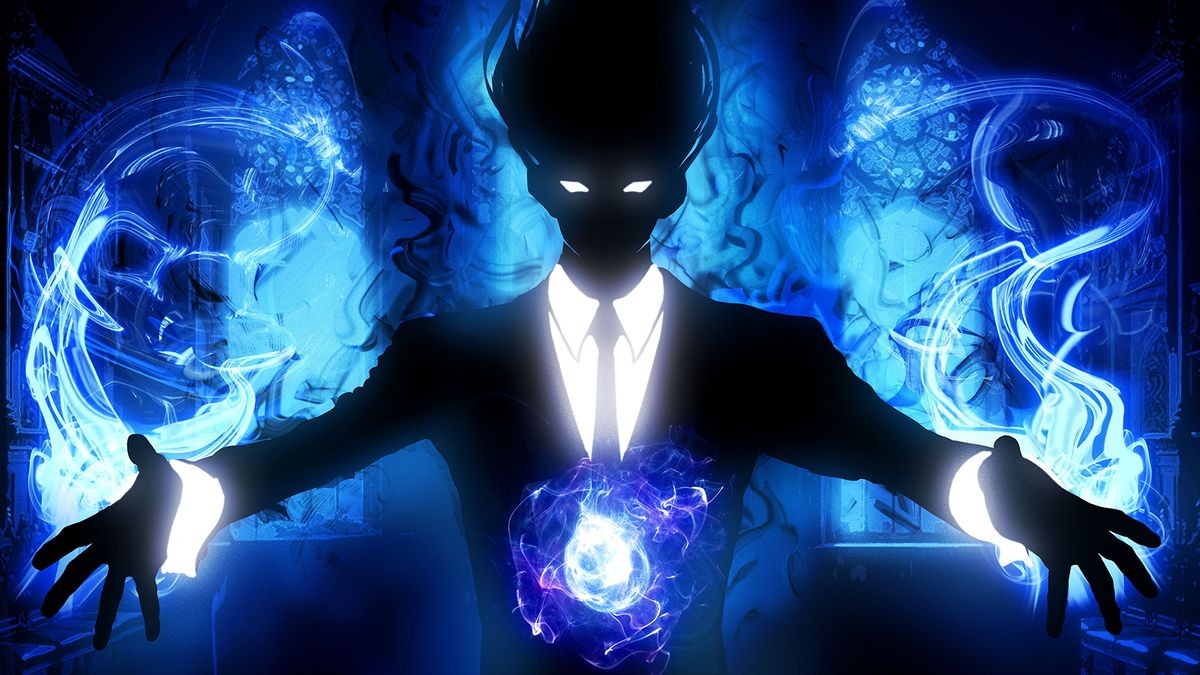Anime, known for its compelling stories and unforgettable characters, often features antagonists who ignite intense reactions from viewers. While some villains are admired for their complexity or sheer power, others elicit pure revulsion.
These are the anime characters who consistently rank among the most hated, leaving fans fuming long after the credits roll.
A Father’s Shocking Betrayal: Shou Tucker (“Fullmetal Alchemist”)
Few scenes in anime history have shocked audiences as profoundly as Shou Tucker’s actions in “Fullmetal Alchemist.” In a horrifying display of scientific hubris driven by self-preservation, he transforms his own daughter, Nina, into a chimera – fusing her with the family dog. This act of monstrous cruelty cemented Tucker’s place as one of anime’s most reviled figures. The visceral disgust and heartbreak it evokes remain deeply etched in viewers’ memories years later.
Malty: The Architect of Ruin (“Rising of the Shield Hero”)
Myne, better known by her more sinister alias, Malty, is a master manipulator who spins intricate webs of deceit to destroy the protagonist, Naofumi Iwatani’s life. Through cunning lies and elaborate schemes designed to frame him for crimes he didn’t commit, she orchestrates his downfall, leaving viewers aghast at her calculated cruelty and manipulative nature.
Sakura: Unfulfilling Potential (“Naruto”)
While not universally despised, Sakura Haruno has consistently drawn criticism from the “Naruto” fanbase. Fans point to her underdeveloped character arc, lack of agency, and sometimes erratic behavior as reasons for her unpopularity. Her tendency to break down emotionally during pivotal battles and lash out at allies, particularly Naruto himself, has left many viewers frustrated with her perceived shortcomings compared to other female characters in the series.
Gabi: A Legacy of Violence (“Attack on Titan”)
Gabi Braun is a character who embodies the complexities of war and indoctrination. Though presented as initially heroic from within Marley’s rigid worldview, she commits acts of extreme brutality that shatter audience goodwill. Her lack of empathy for Paradis Island inhabitants and her unquestioning loyalty to Marley stem from a deeply ingrained propaganda narrative, which makes her both terrifyingly realistic and morally reprehensible in the eyes of many viewers.
Mineta: Creeping Out Viewers (“My Hero Academia”)
Mineta Minoru is notorious among “My Hero Academia” fans for his creepy fixation on women. His constant barrage of inappropriate comments and sexually suggestive actions, often leveraging his adhesive quirk for unwanted physical contact, have made him the target of widespread ridicule and condemnation within the fandom. Despite occasional attempts to play down his lewdness as comedic relief, Mineta’s character has failed to resonate with most viewers beyond revulsion.
Aizen: The Unmatched Tactician (“Bleach”)
Sōsuke Aizen is undoubtedly one of anime’s most formidable antagonists. His chillingly calm demeanor, strategic brilliance, and unmatched power make him a captivating foil to the heroes of “Bleach.” However, his cunning manipulation of events, betrayal of comrades, and willingness to sacrifice countless lives for personal gain have solidified his status as a deeply unsettling figure, eliciting fear and disgust rather than mere admiration from many fans.
Rachel: A Betrayal That Burns (“Tower of God”)
Rachel’s actions in “Tower of God” shocked viewers by shattering the perceived bond between her and Bam. Her ruthless self-preservation instincts drive her to betray Bam at a critical moment, securing her own ascent at the cost of his well-being. This betrayal is amplified by her seemingly cold demeanor and lack of remorse, solidifying her position as one of anime’s most unforgivable villains in the eyes of fans who had once hoped for a more complex dynamic between the two characters.
Akainu: Uncompromising Justice (“One Piece”)
Akainu embodies the extremes of justice within “One Piece,” often employing brutal and merciless methods that prioritize absolute order over personal lives. His unwavering adherence to his strict moral code, most notably leading to Ace’s death, has cemented him as one of anime’s most controversial characters. While some admire his strength and conviction, many view his ruthless actions as beyond the pale, making him a symbol of uncompromising brutality within the fandom.
Seryu: Twisted Innocence (“Akame ga Kill!”)
Seryu Ubiquitous initially appears harmless, but her chilling persona reveals a disturbing combination of innocence and savagery. Beneath her cheerful facade lies a zealous follower of justice driven by warped ideology, willing to commit unspeakable atrocities alongside her pet gun Teigu. The stark contrast between her innocent exterior and the horrific actions she commits makes Seryu one of anime’s most unsettling villains, leaving a lingering sense of unease long after she fades from the screen.
Near: A Pale Imitation (“Death Note”)
Near, introduced as L’s successor in “Death Note,” often faces criticism for failing to capture the charisma and intrigue that made L such a compelling figure. While he displays considerable intelligence and deduction skills, his personality lacks the charm and captivating quirkiness that defined L. For many fans, Near simply isn’t an engaging enough replacement, making him a lightning rod for disappointment and frustration as the series progresses without its previous enigmatic centerpiece.
These characters demonstrate how anime skillfully uses villains to explore complex themes and evoke powerful emotional responses from viewers. While some may inspire grudging admiration or philosophical debate, these antagonists leave a lasting mark through their calculated cruelty, chilling actions, or frustrating lack of development, forever enshrined in the annals of anime’s most hated figures.

























